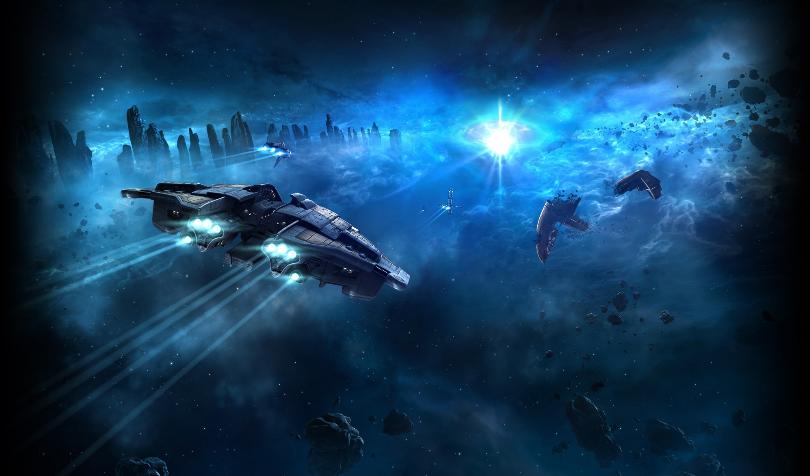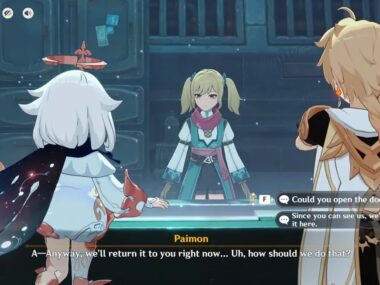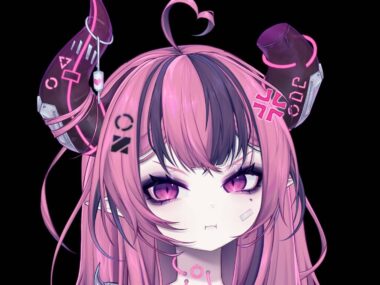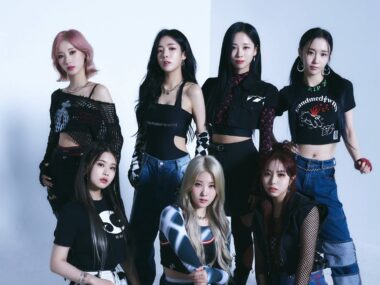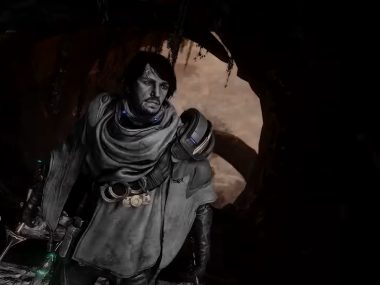Microsoft has officially reversed its decision to price The Outer Worlds 2 at $79.99, bringing it back down to the standard $69.99 launch price. This is more than just a price adjustment; it’s a reflection of consumer sentiment, industry pushback, and Microsoft’s realization that the value proposition wasn’t strong enough to justify the $80 tag.
Why the $80 Price Made No Sense
Let’s be honest: The Outer Worlds wasn’t a masterpiece. The first game had clunky combat, an average story, and while it had its moments, it wasn’t the type of title that left players begging for a premium sequel. Charging $80 for The Outer Worlds 2 was a baffling decision.
The issue isn’t just with this franchise. It’s also with Obsidian’s recent track record. Avowed, their other high-profile project, didn’t land as strongly as expected. Player feedback often pointed to the game’s flat world design, questionable character aesthetics (yes, the facial growths were a real turn-off), and an RPG experience that lacked depth. Add technical issues to the mix, and you have a developer with a shaky foundation trying to command a premium price.
This isn’t the history that convinces consumers to drop $80 on a game.
Obsidian’s Fallout Legacy Is Carrying Them
The elephant in the room is Fallout: New Vegas. Obsidian is still living off the goodwill from a game released in 2010. The uncomfortable question is: have they released anything on that level since? No.
What players really want is for Obsidian to deliver another Fallout game. One that could rival New Vegas. The challenge is whether they can actually meet those expectations. Based on their current output, they’re in a better position than BioWare, but not by much. Both studios are at a crossroads where they need a hit to rebuild trust and revive their reputations.
If The Outer Worlds 2 isn’t that hit, Obsidian risks being remembered as another studio that peaked over a decade ago.
The Smart Play: Fallout + Fallout TV Show
Here’s the easiest $80 game Microsoft and Obsidian could make: an exceptional new Fallout. Time its release with the next season of the Fallout TV show, and the money practically prints itself. That’s a win for both the company and consumers.
It’s not enough to slap the Fallout name on a game and call it a day. It has to be good. That’s the expectation regardless of price, and it’s the reason Microsoft had to back down here. Players don’t just pay for a game; they pay for trust in a developer’s ability to deliver.
Microsoft’s price reversal isn’t just about The Outer Worlds 2. It’s about an industry-wide reality check. Gamers are becoming increasingly vocal about value, and a higher price tag needs to be justified with something truly exceptional. Obsidian hasn’t proven that with The Outer Worlds 2. At least not yet.
The price drop to $69.99 is a step in the right direction, but the game still needs to prove itself. Time will tell if Obsidian is capable of rising to the challenge, or if they’ll continue to coast on a legacy that’s been fading for over a decade.

